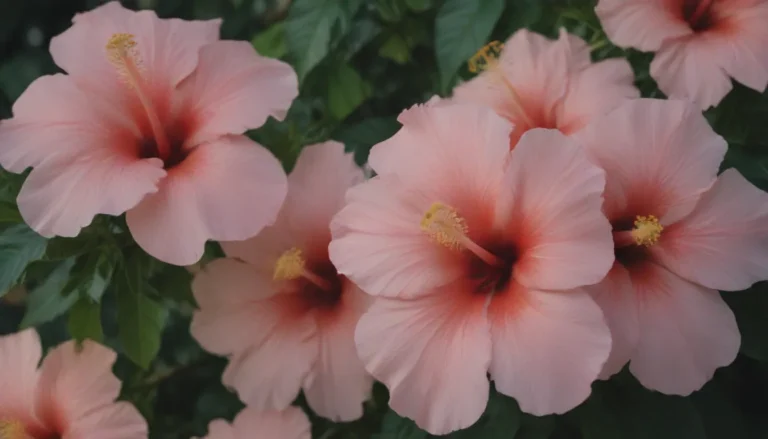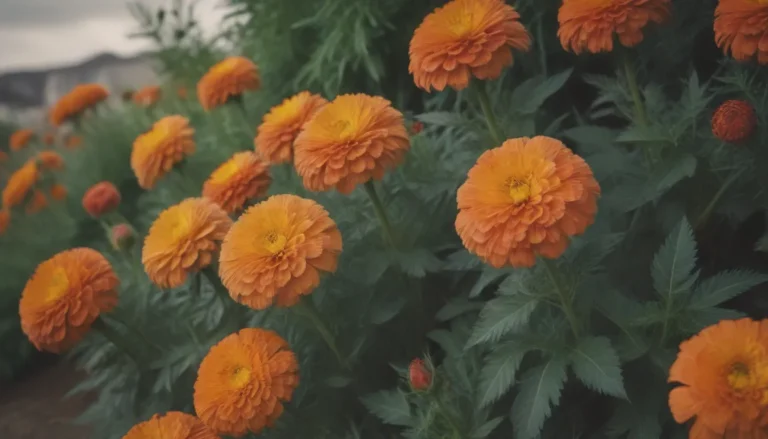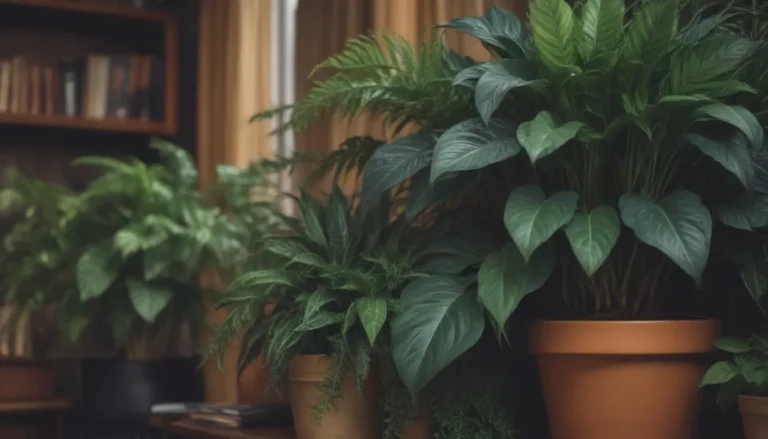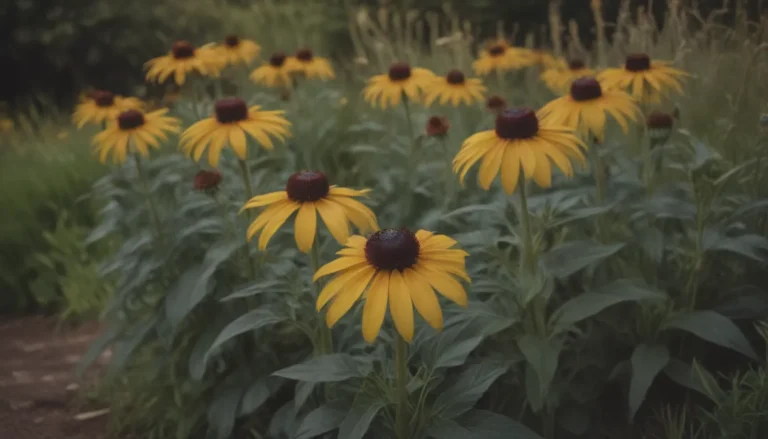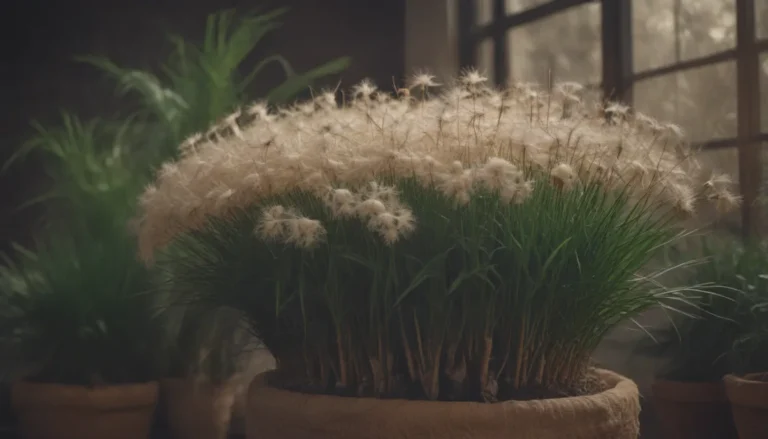A Comprehensive Guide to Growing and Caring for Dwarf Flowering Almond
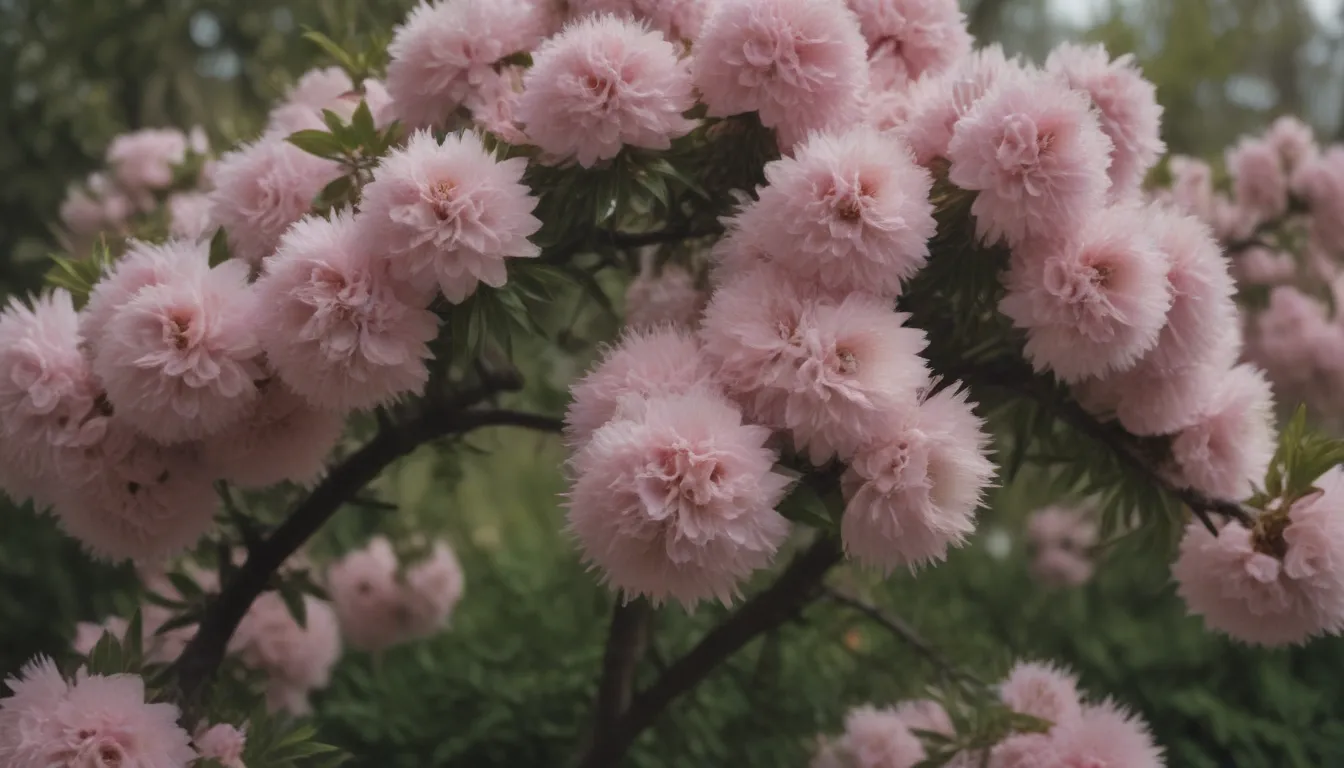
Are you looking to add a beautiful and unique shrub to your garden? The dwarf flowering almond, also known as Prunus glandulosa, could be just what you need. This multi-stemmed deciduous shrub or small tree boasts light pink (or occasionally white) double flowers that bloom in early spring before the leaves appear. With elliptical light-green leaves and a rounded crown, the dwarf flowering almond is a fast-growing but relatively short-lived plant that typically reaches its full size within one to two years. However, due to its susceptibility to various insect and disease issues, it may not live beyond 10 years.
Whether you’re a seasoned gardener or just starting out, caring for a dwarf flowering almond requires attention and dedication. In this comprehensive guide, we’ll explore everything you need to know to grow and maintain this beautiful shrub, from planting and pruning to dealing with common pests and diseases. Let’s dive in and uncover the secrets to cultivating a thriving dwarf flowering almond in your garden!
Cultivating a Healthy Dwarf Flowering Almond
When it comes to caring for your dwarf flowering almond, there are several key factors to keep in mind. From choosing the right location to providing proper nutrients and water, every step plays a crucial role in the plant’s overall health and growth. Here are some essential tips to help you cultivate a healthy and vibrant dwarf flowering almond:
Planting and Soil Requirements
- Plant your dwarf flowering almond in moist, rich soil that offers good drainage.
- Choose a location with full sun to partial shade, ensuring the plant receives at least five hours of sunlight per day.
- Space the shrubs about 3 feet apart if creating a screen to allow for adequate growth.
Watering and Feeding
- Water your dwarf flowering almond regularly to keep the soil moist but not waterlogged, especially during the summer months.
- Apply compost around the base of the plant each spring to promote healthy growth.
- Avoid overfeeding the shrub, as it generally doesn’t require heavy feeding.
Pruning and Maintenance
- Prune your dwarf flowering almond after the blooming period in spring to encourage new growth for the following season.
- Don’t be afraid to prune the plant vigorously if needed, as it responds well to rejuvenation pruning.
- Watch out for signs of disease or pest infestation and take prompt action to address any issues.
Types and Varieties of Dwarf Flowering Almond
While the most common cultivar of dwarf flowering almond is ‘Rosea Plena,’ there are several other varieties that offer slight variations in flower color and structure. Whether you prefer light pink flowers or are looking for a unique twist, here are some popular cultivars to consider:
- P. glandulosa ‘Alba Plena’
- P. glandulosa ‘Alba’
- P. glandulosa ‘Lawrence’
With a range of options to choose from, you can select the perfect variety of dwarf flowering almond to complement your garden’s aesthetic and meet your preferences.
Propagating and Growing Dwarf Flowering Almond
If you’re interested in propagating your dwarf flowering almond, you have several options to choose from. While seed propagation is less common due to the lengthy process involved, propagating from cuttings can be a more practical and efficient method. Here’s how you can grow your own dwarf flowering almond:
Propagating from Cuttings
- Take new softwood cuttings in spring or early summer, or semi-hardwood cuttings from July to August.
- Ensure the cuttings receive proper care and attention to encourage healthy growth and development.
Growing from Seeds
- Start by cold stratifying the seeds for a few months before planting them in moist potting mix.
- Be patient, as seed propagation can take up to 18 months before seeing any results.
By exploring different propagation methods, you can expand your collection of dwarf flowering almond shrubs and enjoy their beauty throughout your garden.
Caring for Dwarf Flowering Almond Year-Round
To ensure the continued health and vitality of your dwarf flowering almond, it’s important to provide proper care and maintenance year-round. From protecting the plant during winter to promoting healthy blooming in spring, here are some tips to keep your shrub thriving:
Overwintering
- Prepare your dwarf flowering almond for winter by watering it well in the fall.
- Avoid pruning in winter to preserve the growth needed for the following season’s flowering.
Blooming and Pruning
- Promote healthy blooming by providing ample sunlight and water during the blooming period.
- Prune your shrub after the flowers have faded to encourage new growth and ensure a vibrant display next season.
Common Problems and Solutions
- Watch out for common diseases and pests that can affect dwarf flowering almond, such as leaf spot, powdery mildew, and root rot.
- Address nutrient deficiencies promptly to prevent yellowing leaves and other signs of poor health.
By staying proactive and attentive to your dwarf flowering almond’s needs, you can enjoy a thriving and beautiful shrub in your garden for years to come.
In Conclusion
Growing and caring for a dwarf flowering almond requires dedication, attention to detail, and a love for gardening. By providing the right conditions, nutrients, and care, you can cultivate a vibrant and healthy shrub that adds beauty and charm to your outdoor space. Whether you’re a novice gardener or an experienced pro, the tips and insights shared in this guide can help you achieve success with your dwarf flowering almond and create a stunning garden oasis to enjoy year-round. Happy gardening!
Remember, while the dwarf flowering almond may have a short lifespan and specific care requirements, the joy it brings through its delicate blooms and unique charm makes it a worthy addition to any garden. With proper care and attention, you can nurture your dwarf flowering almond to its full potential and enjoy its beauty for years to come. Happy gardening!
